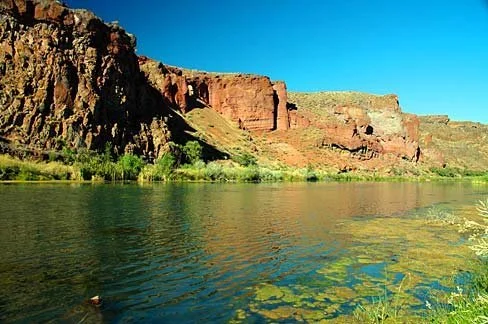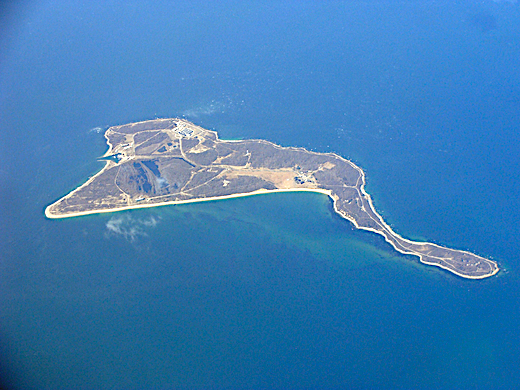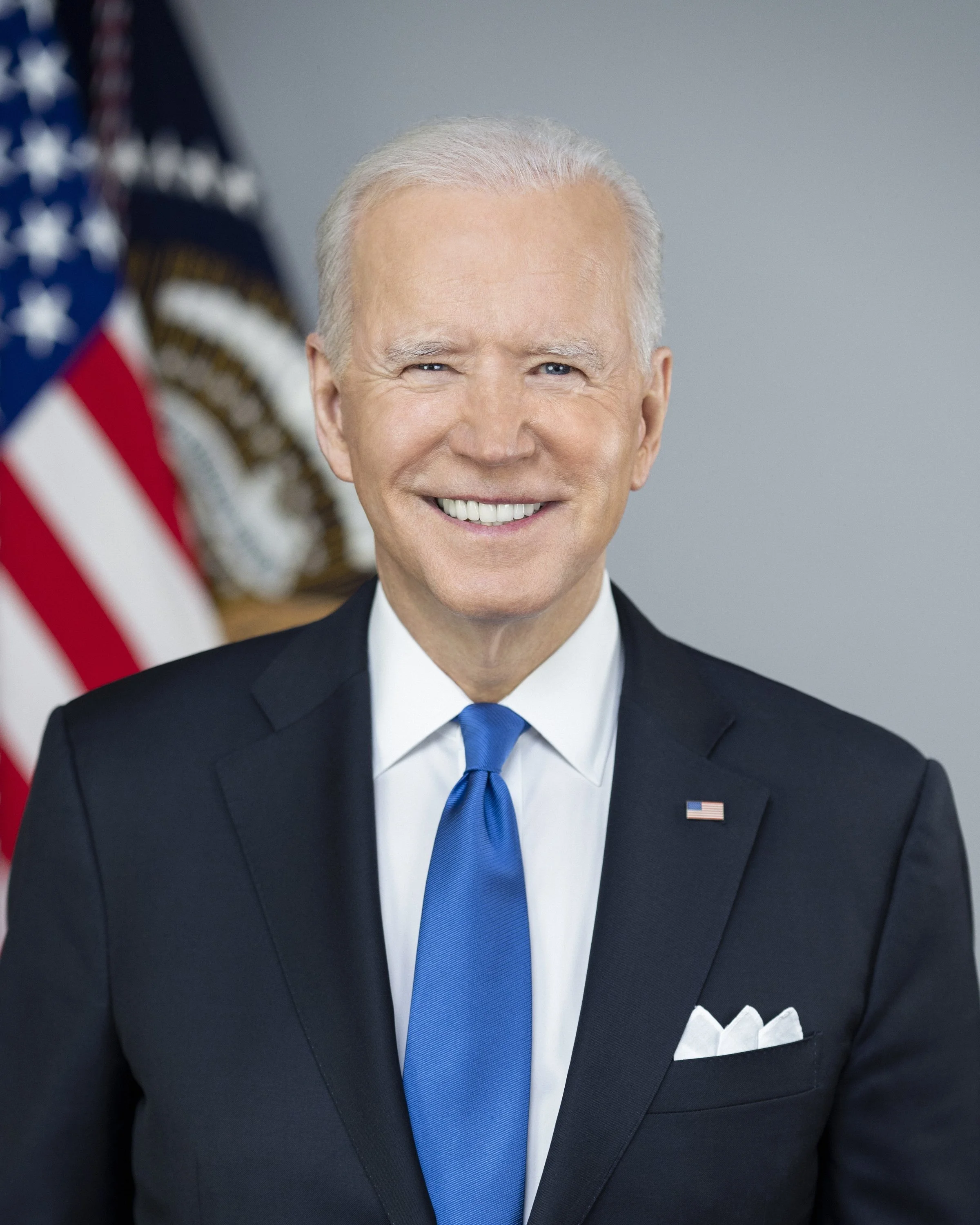Sort By Category
- 30x30
- Administration
- Antiquities Act
- Book Reviews
- Bureau of Land Management
- Climate Change
- Climate change
- Coasts
- Congress
- Counties & Federal Lands
- Courts
- Courts & Litigation
- Department of Agriculture
- Department of Interior
- Deserts
- Ecological Reserves
- Ecosystems
- Elections
- Endangered Species
- Energy
- Estuaries
- Federal Lands
- Fish
- Fish and Wildlife Service
- Forest
- Forest Fires
- Forest Service
- Forestry
- Forests
- Grasslands
- Land & Water Cons. Fund
- Land & Water Conservation Fund
- Legislation
- Litigation
- Livestock Grazing
- Marine Protected Areas
- Marine Sanctuaries
- Mature & Old-Growth Forests
- Mature and Old-Growth Foresrts
- Mining
- Nat'l Conservation Lands
- National Forest System
- National Marine Sanctuaries
- National Monuments
- National Monuments Act
- National Park Service
- National Park System
- National Parks
- National Recreation Area
- National Scenic Area
Sort By Tag
- 1002 area
- 30x30
- 5th Amendment
- ANWR
- Acadia National Park
- Adam Smith
- Administrative Procedure Act
- Advancing Conservation and Education Act
- Alan Bates
- Alan Deboer
- Alaska
- Alaska National Interest Lands Act
- Alaska Native Claims Settlement Act
- Aldo Leopold
- American Forest Resource Council
- American Prairie Reserve
- American Tree Farm System
- American beef supply
- American black duck
- American woodcock
- Ammon Bundy
- Ancient Forest National Park
- Anders Eskil Carlson
- Andrea Salinas
- Andrew N. Gray
- Andy Kerr
- Animal unit month
- Ansel Adams
- Antiquities Act
- Applegate Primitive Backcountry Area
- Aqua Fria National Monument
- Aquatic Conservation Strategy
- Aquatic Conservation and Riparian Strategy
- Arches National Monument
- Arches National Park
- Arctic National Wildlife Refuge
- Areas of Critical Environmental Concern
- Army Corps of Engineers
- Association of O&C Counties
- Astoria Canyon
- Astoria Fan
- Atlantic Coast
- Augusta Canal NHA
- Avarna Group
- Avi Kaw Ame
- BLM Conservation Rule
- BLM Zone 3 Lands
- BOEM Oregon Planning Area
- Baboquivari Peak Wilderness
- Baker County
About That Vision Thing
When political realities come up against ecological realities, the former must be changed because the latter cannot.
Closing the Disconnect Between Voter Attitudes and Public Lands Conservation in the West
While most Mountain Westerners favor the conservation of public lands, most of their elected officials are either openly hostile or passively wimpy.
The Forest Service Proposal to Save Its Old Growth: A Start, Though Inadequate
The Forest Service’s announcement that it is going to amend all national forest land management plans to “conserve and steward” old-growth forests is a start, although it’s a third of a century late and the proposed amendment is as light on conservation as it is loose on stewardship. As now proposed, the amendment leaves out mature forests, and the agency would leave loopholes large enough for log trucks loaded with old-growth logs to drive through.
How Much Mature and Old-Growth Forest Does the US Have Left?
Supreme Court Justice Potter Stewart said it of pornography, but he could have applied the thought to old-growth forests as well: “I shall not today attempt further to define the kinds of material I understand to be embraced . . . but I know it when I see it.”
Senator Wyden’s Owyhee Wilderness, and More, Legislation
This third try may be the charm in Senator Wyden’s long effort to enact public lands legislation to conserve wildlands in the Owyhee and lower Malheur Basins in Oregon.
30x30: Biden Needs to Up His Game
For President Biden to ensure that 30 percent of the nation’s lands and waters are conserved by 2030, as he promised, the pace and scale of protections needs to increase dramatically.
Offshore Oregon Could Be Despoiled by Wind Power Turbines
We don’t have to despoil the environment and view off the shore of Oregon to produce carbon-free electricity.
Biden’s Executive Order on Forests, Part 2: Seize the Day!
This is the second of two Public Lands Blog posts on the president’s executive order (EO) on forests, which, among other things, unambiguously directs the federal forest agencies to conserve the remaining mature and old-growth forests. Part 1 dissected the order. Part 2 places it in the current political context and makes recommendations to various key interests on how best to ensure that the potential of the EO is fulfilled.
Biden’s Executive Order on Forests, Part 1: A Great Opportunity
This is the first of two Public Lands Blog posts on the president’s executive order (EO) on forests, which, among other things, unambiguously directs the federal forest agencies to conserve the remaining mature and old-growth forests. Part 1 dissects the order. Part 2 will place it in the current political context and make recommendations to various key interests on how best to ensure that the potential of the EO is fulfilled.
Toward 30x30: Using Presidential Authority to Proclaim National Wildlife Areas Within the National Forest System
The president could use authority granted long ago by Congress to significantly elevate the conservation status of large areas within the National Forest System.
30x30, Part 3: Forty-Four Tasty Conservation Recipes One Can Make at Home—If One Lives in the White House
This is the third of three Public Lands Blog posts on 30x30, President Biden’s commitment to conserve 30 percent of the nation’s lands and waters by 2030. In Part 1, we examined the pace and scale necessary to attain 30x30. In Part 2, we considered what constitutes protected areas actually being “conserved.” In this Part 3, we offer up specific conservation recommendations that, if implemented, will result in the United States achieving 30 percent by 2030.
30x30, Part 2: What “Conserved” Needs to Mean
This is the second of three Public Lands Blog posts on 30x30, President Biden’s commitment to conserve 30 percent of the nation’s lands and waters by 2030. In Part 1, we examined the pace and scale necessary to attain 30x30. In this Part 2, we consider what constitutes protected areas actually being “conserved.” In Part 3, we will offer up specific conservation recommendations that, if implemented, will result in the United States achieving 30 percent by 2030.
30x30, Part 1: By the Numbers
This is the first of three Public Lands Blog posts on 30x30, President Biden’s commitment to conserve 30 percent of the nation’s lands and waters by 2030. In Part 1, we examine the pace and scale necessary to attain 30x30. In Part 2, we will consider what constitutes protected areas actually being “conserved.” In Part 3, we will offer up specific conservation recommendations that, if implemented, will result in the United States achieving 30 percent by 2030.
30x30: Biden’s Bait and Switch
A preliminary report to the National Climate Task Force recommending a ten-year, locally led campaign to conserve and restore the lands and waters upon which we all depend, and that bind us together as Americans.












